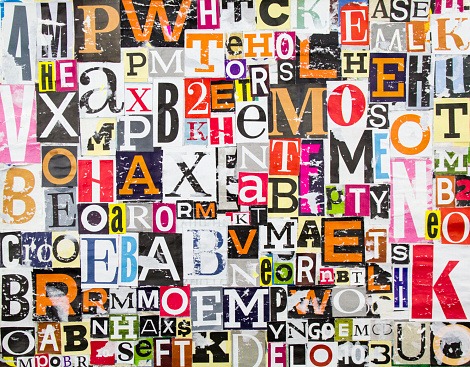Pro-tip: Never use more than two fonts per piece – you can bold or italicize your fonts to add emphasis and contrast without creating a piece that is too busy.
While font types can all serve different purposes, they can also work in tandem to create a visually stunning ad. For example, using both serif and sans serif fonts brings both a modern and established look to your piece, letting the voter know that you’re open to all ideas that come your way. The visual contrast is much more exciting and intriguing to the eye. You can also use fonts to differentiate between two different types of text. Often, campaigns use serif fonts for longer portions of text, as they tend to be easier to read. They then use serif or block fonts for the callouts or headers.
The combination of block and script fonts also serves a very similar purpose by not only being visually appealing and interesting, it lets the voter know that your candidacy cannot be defined by just one attribute. Your campaign is innovative, forward thinking, and willing and ready to listen to those who came before you.








